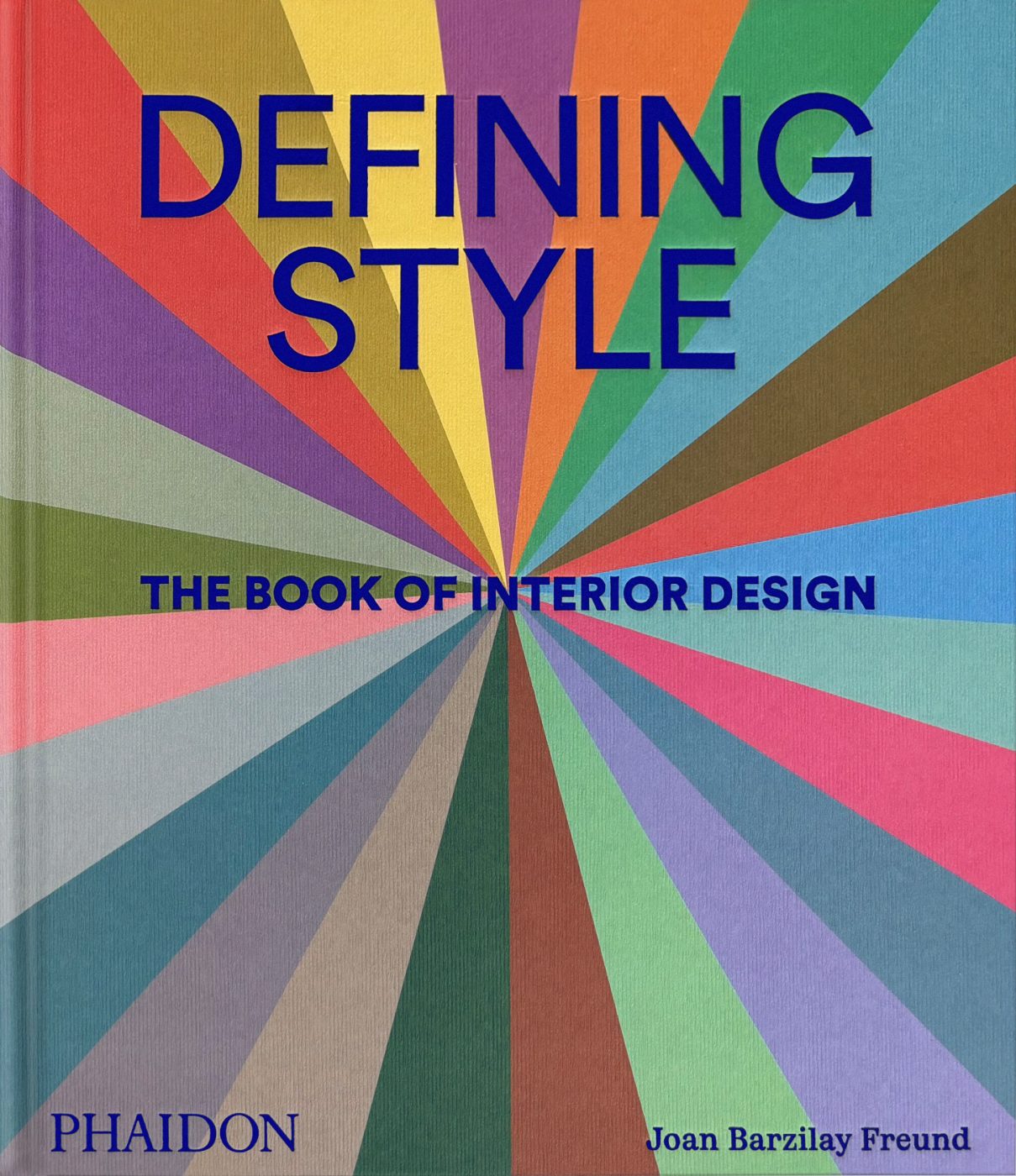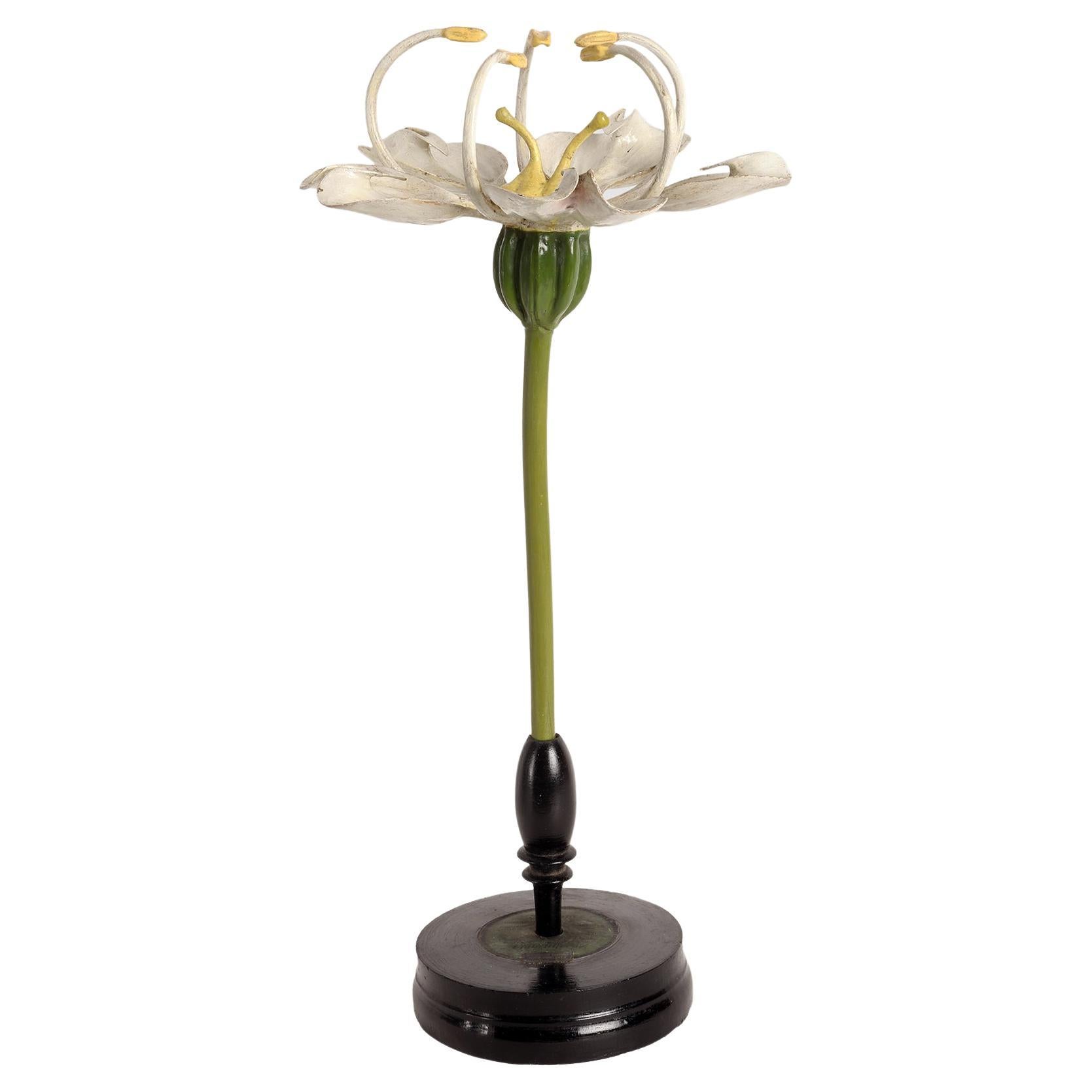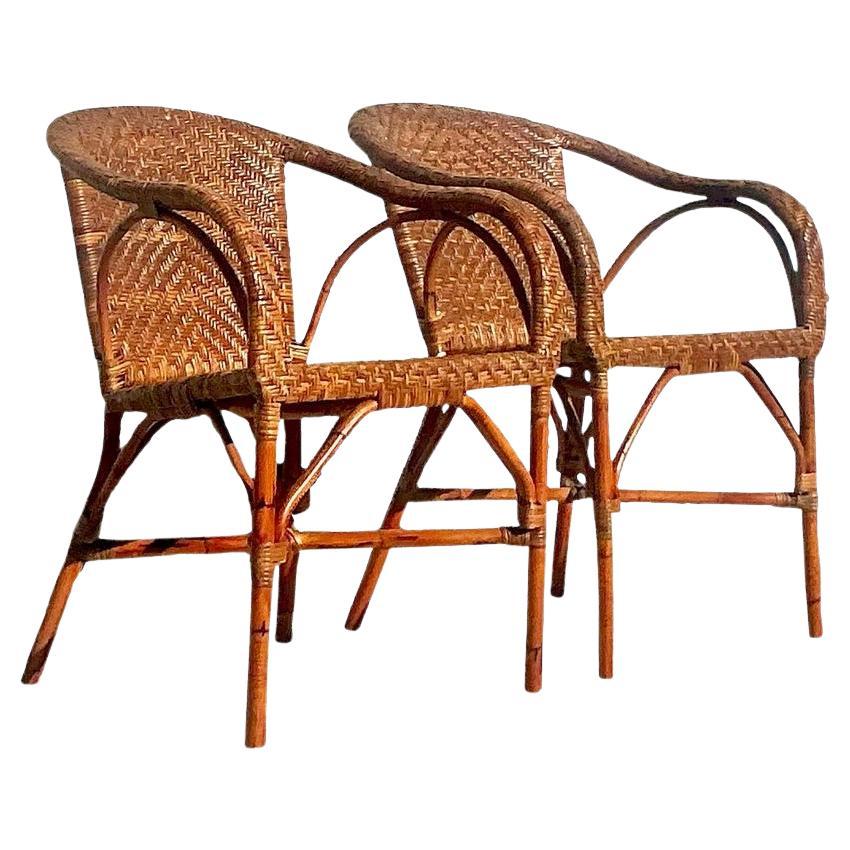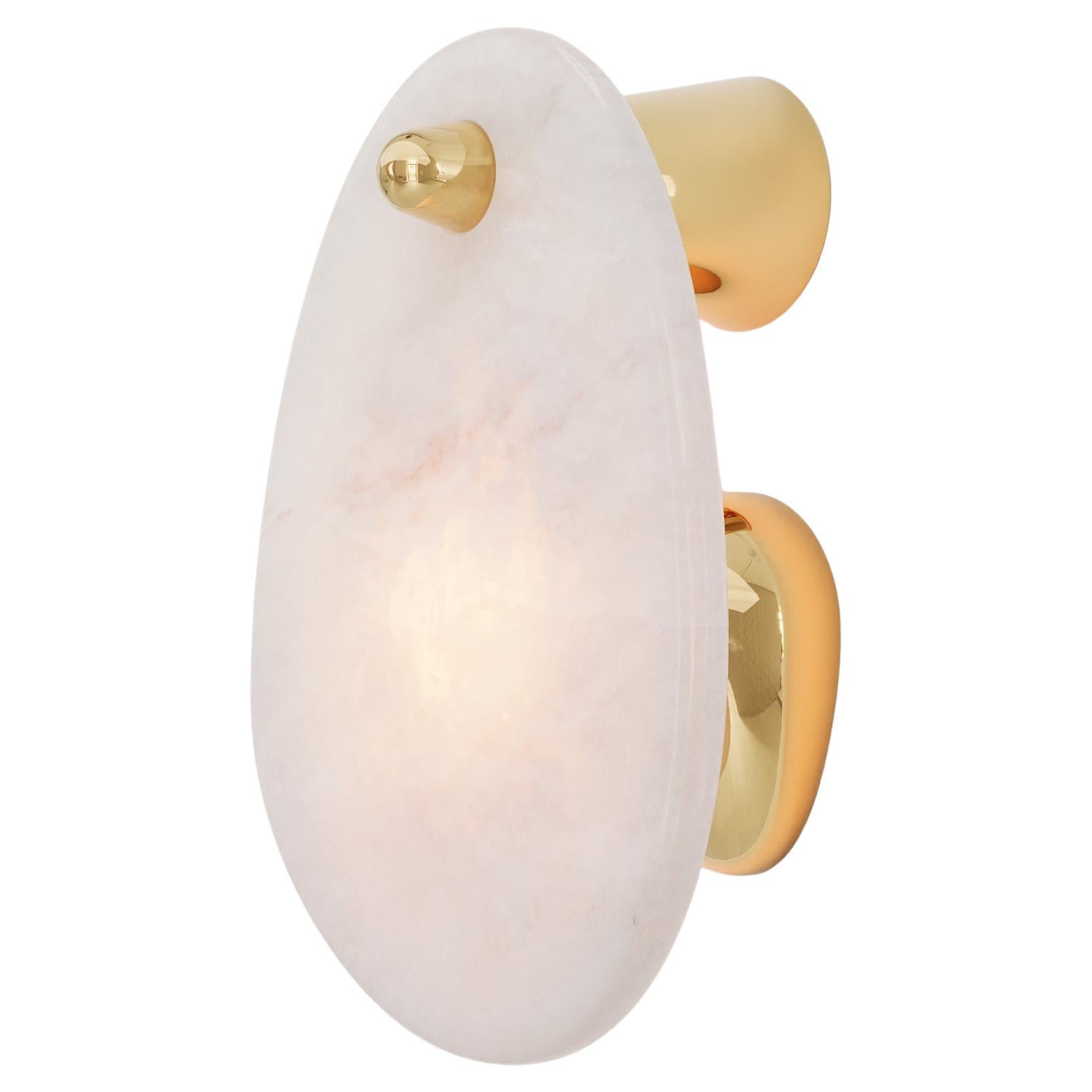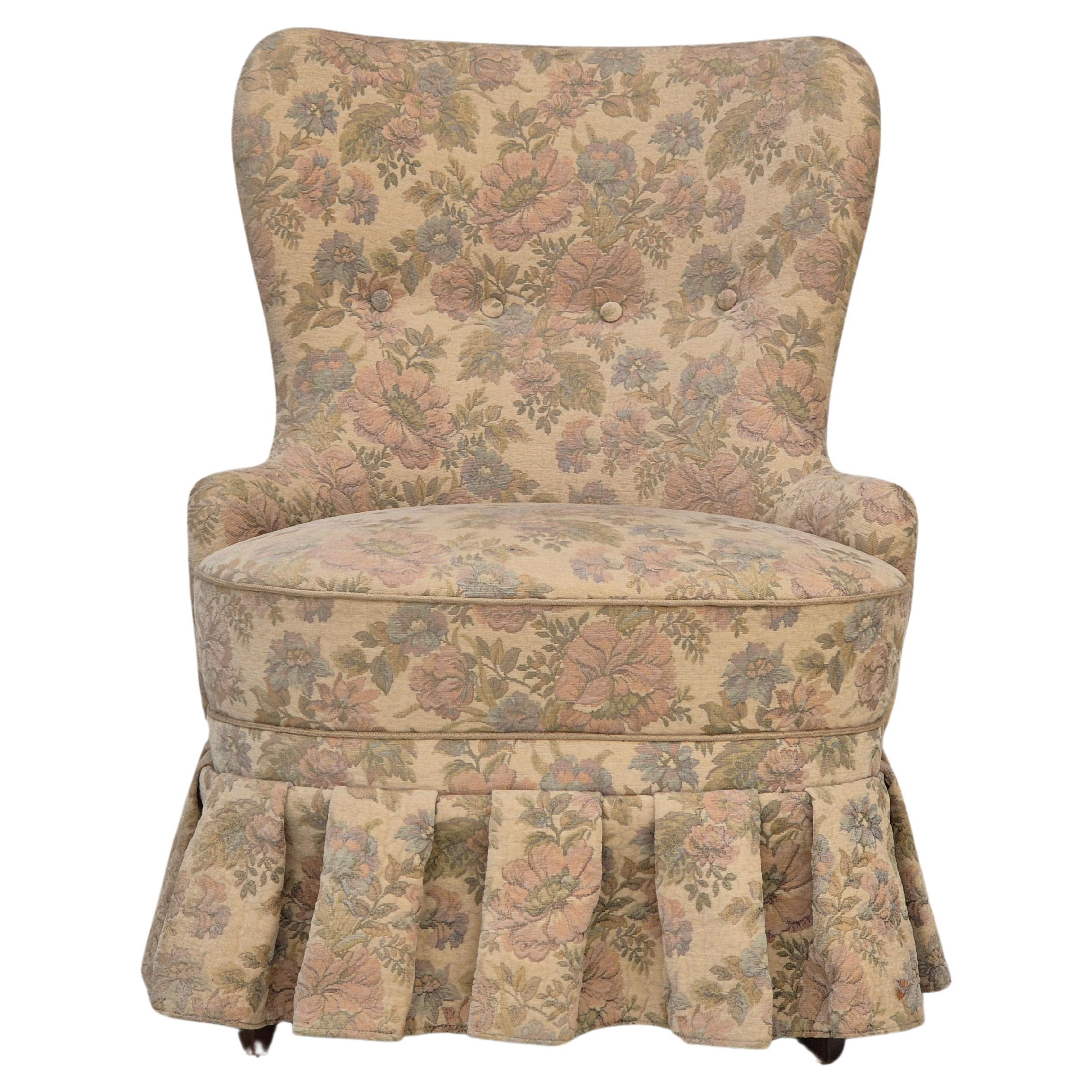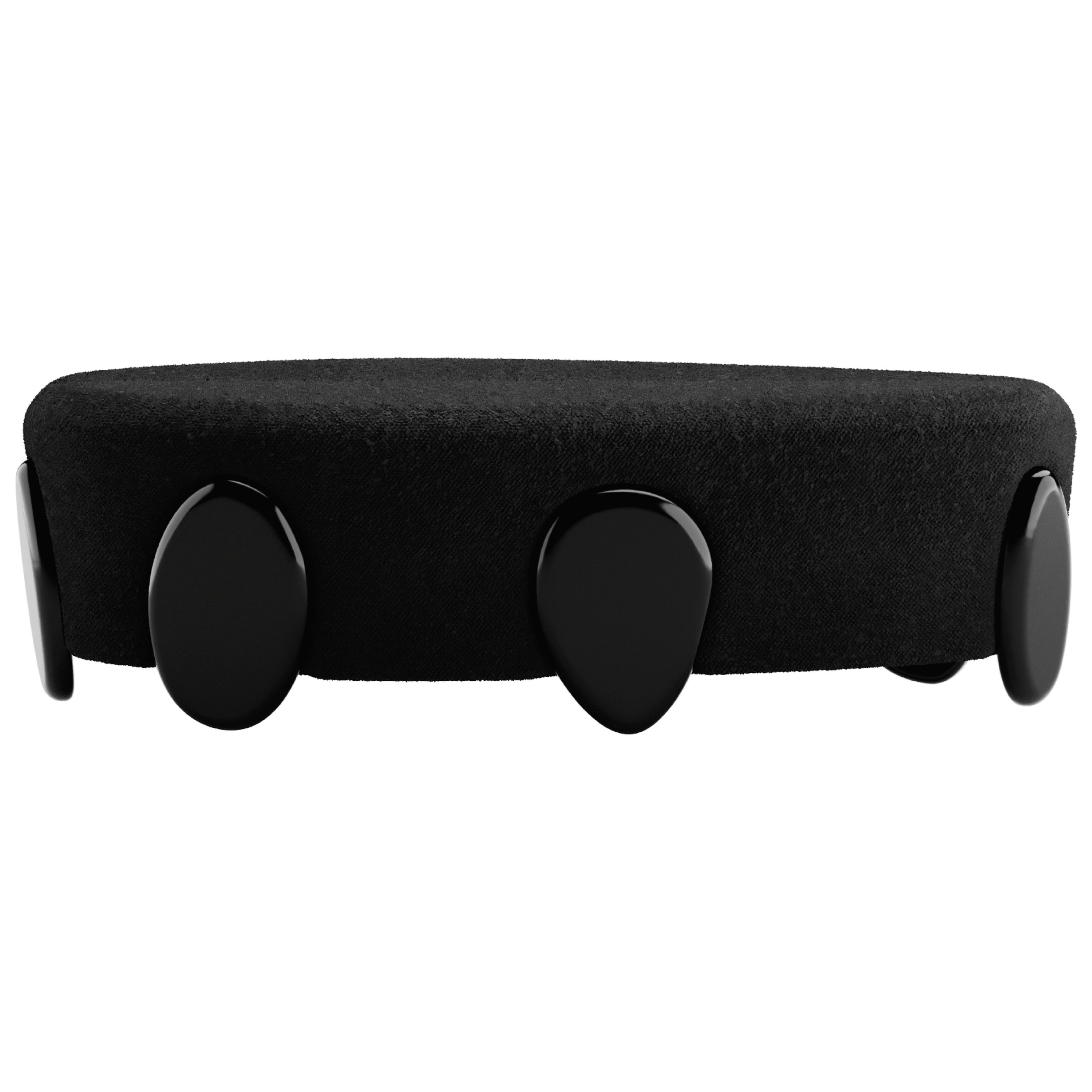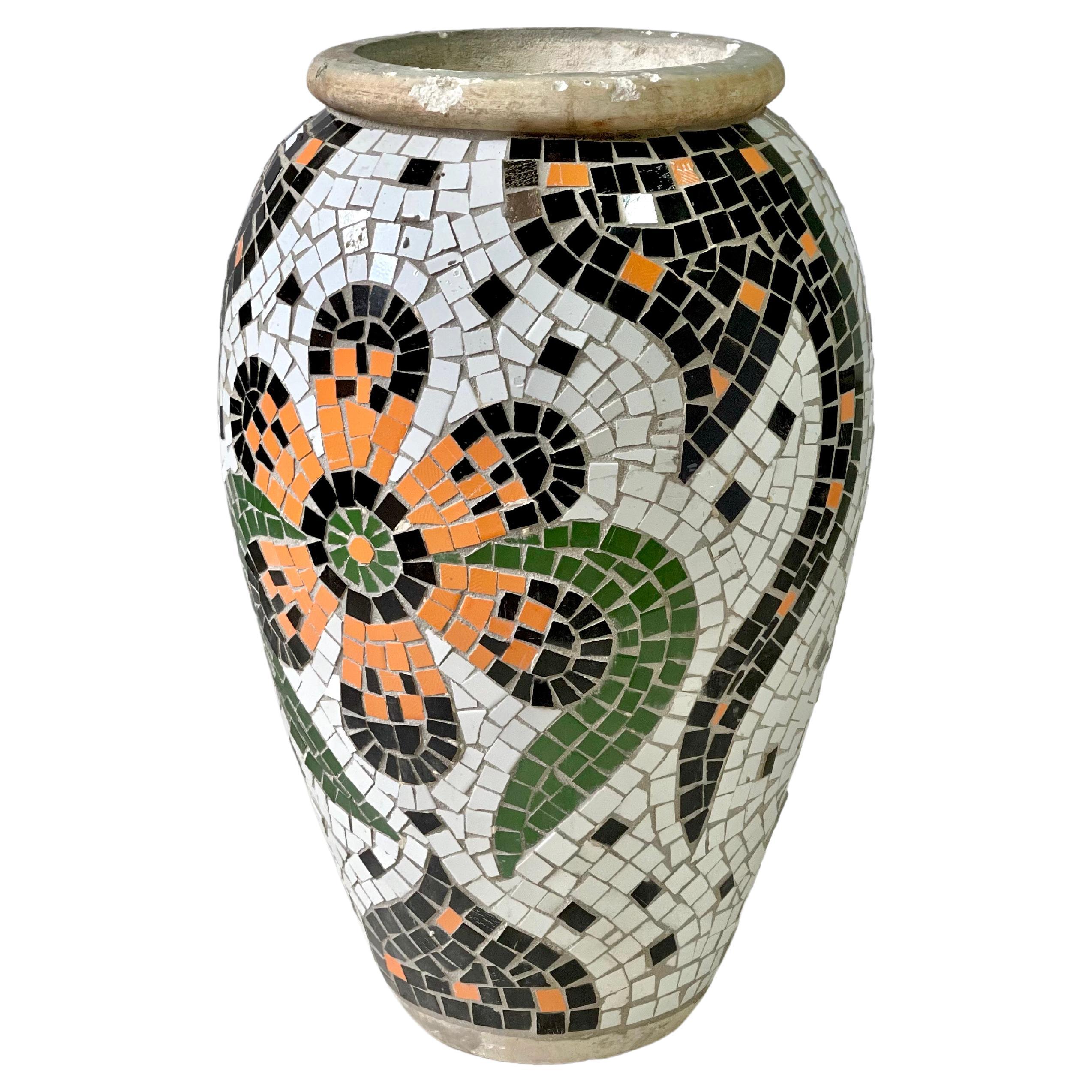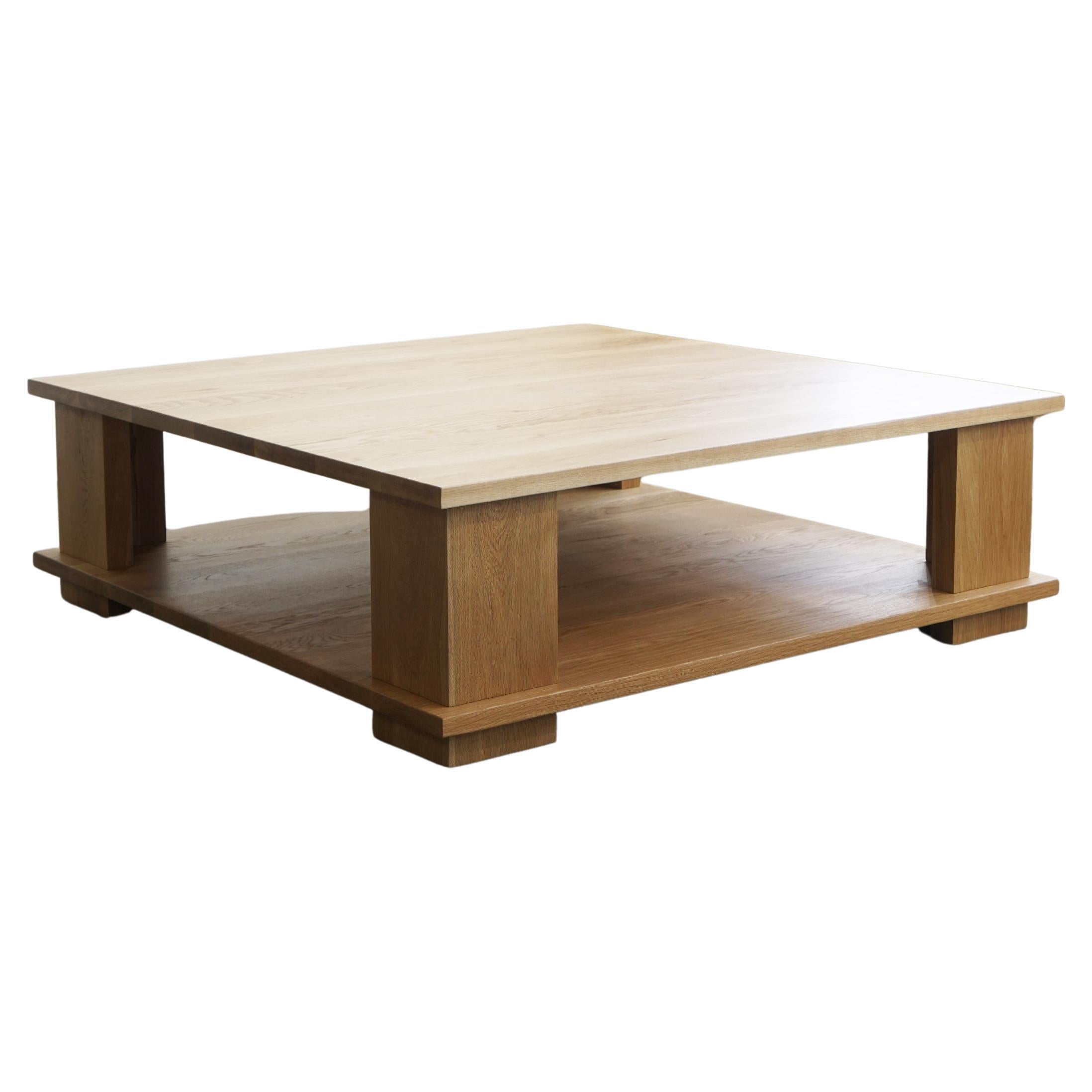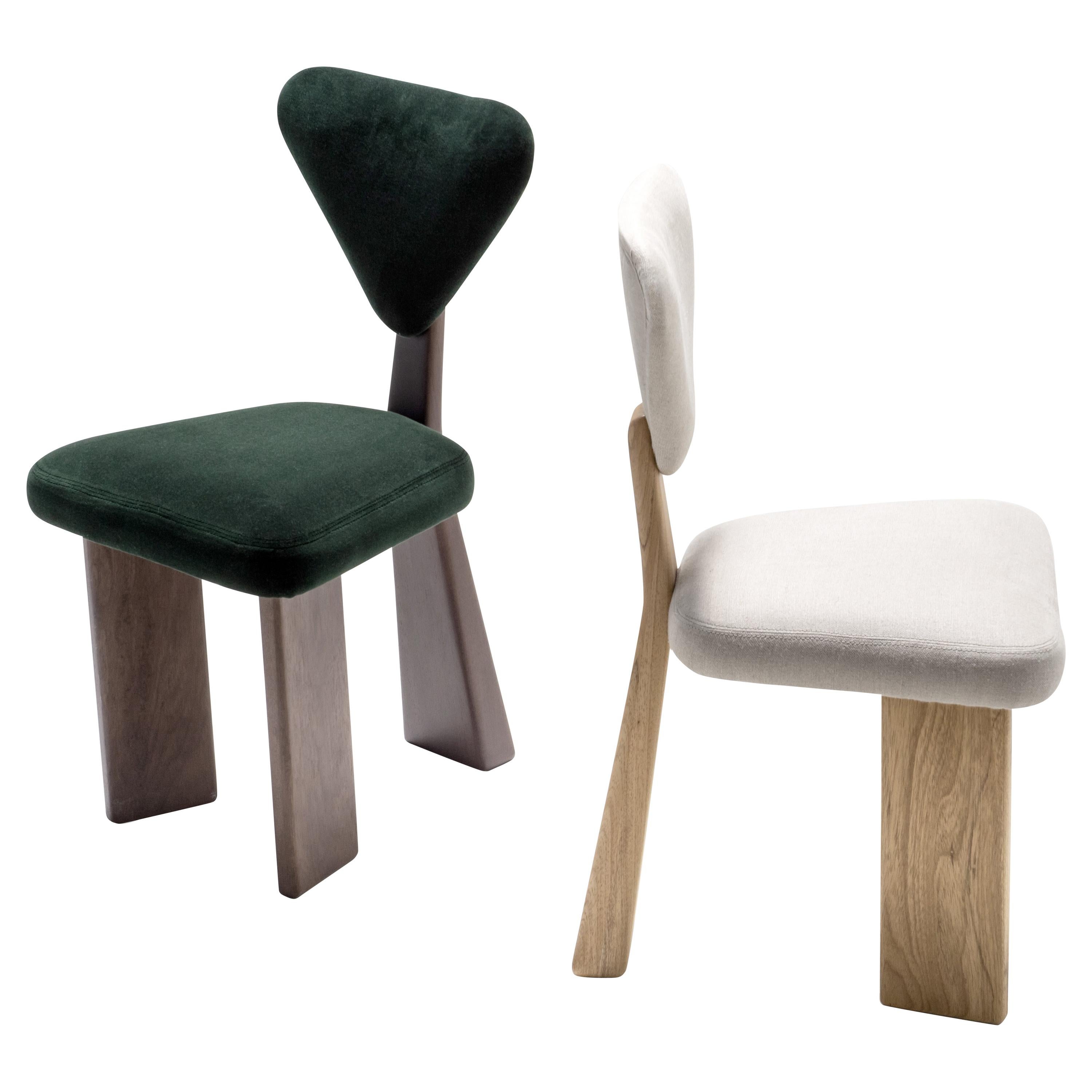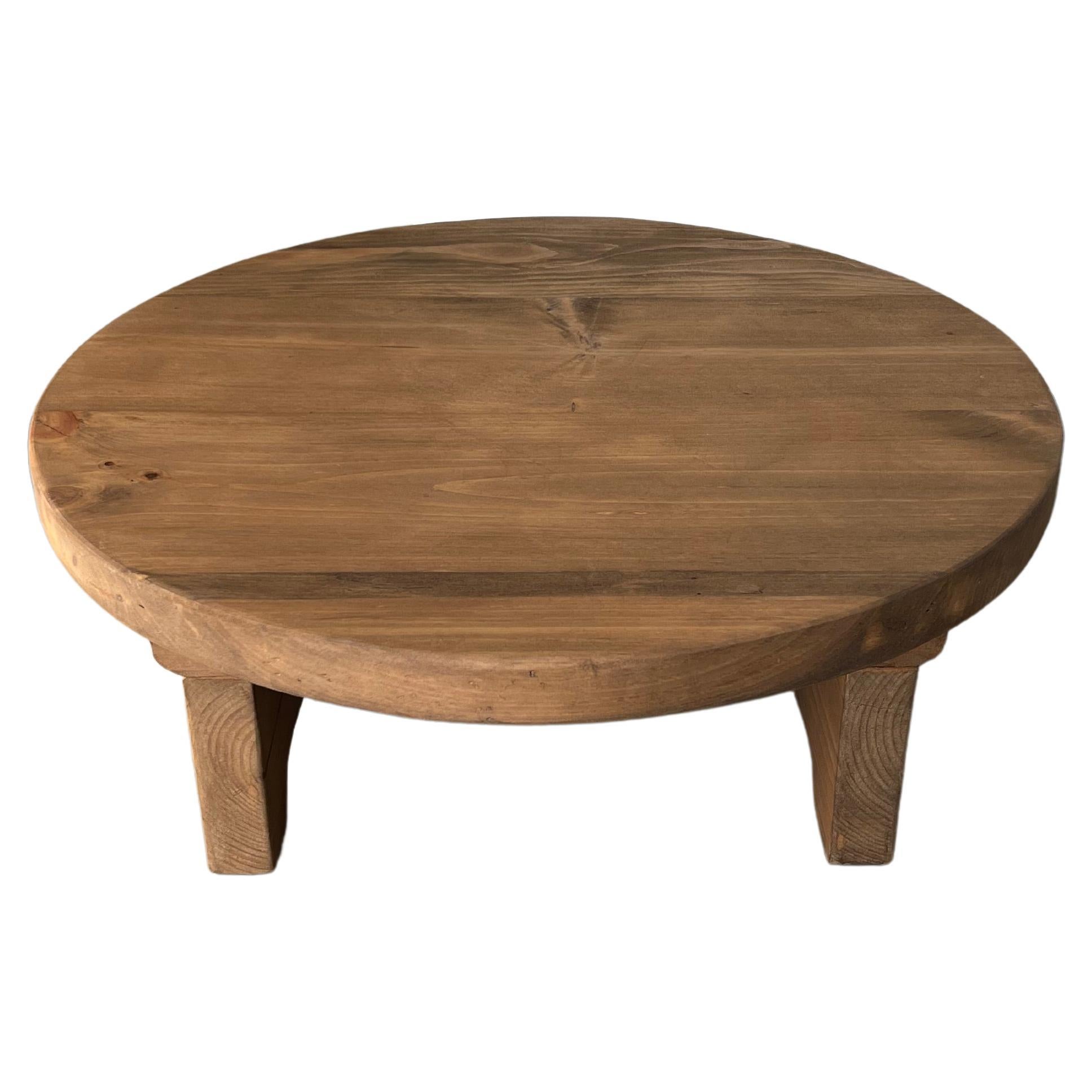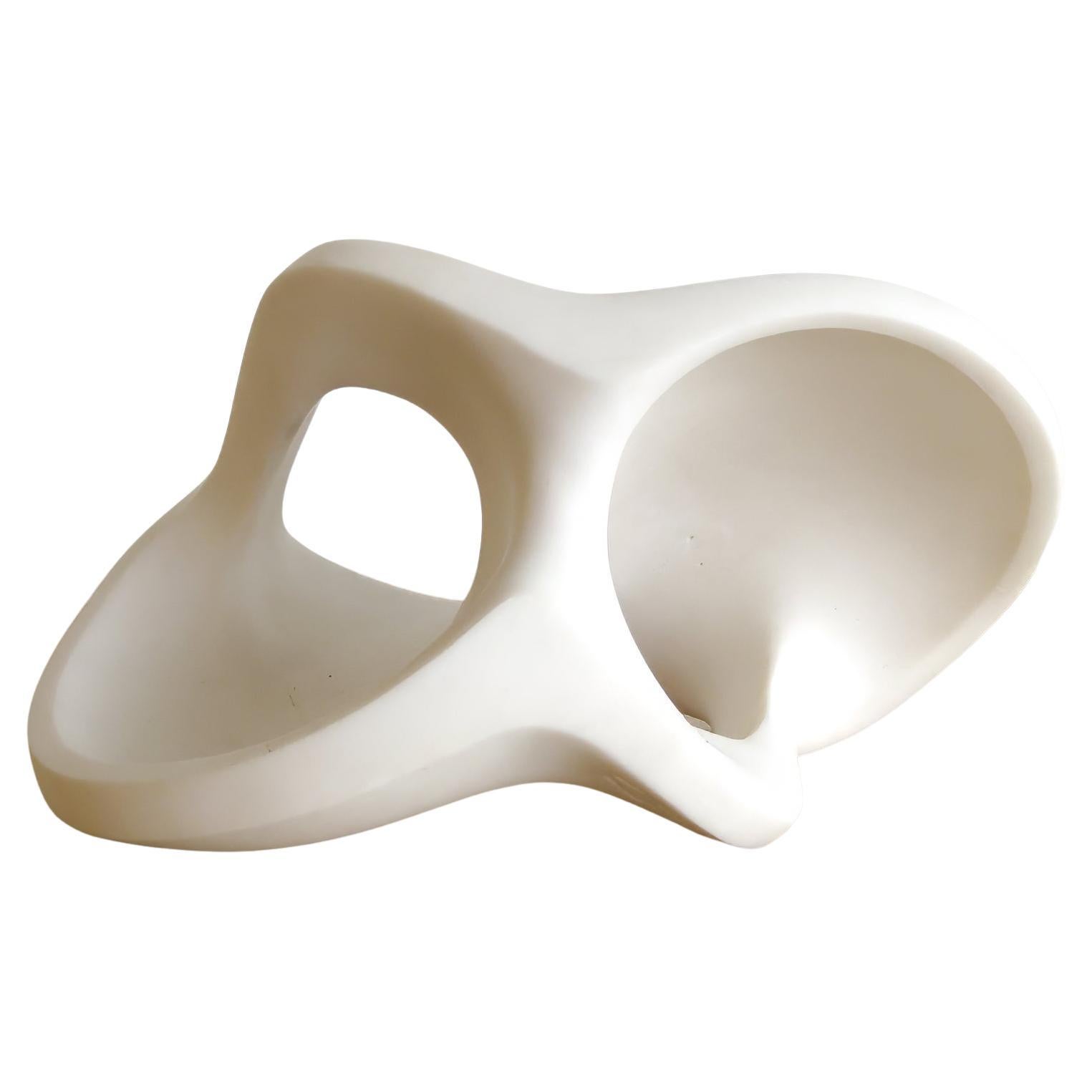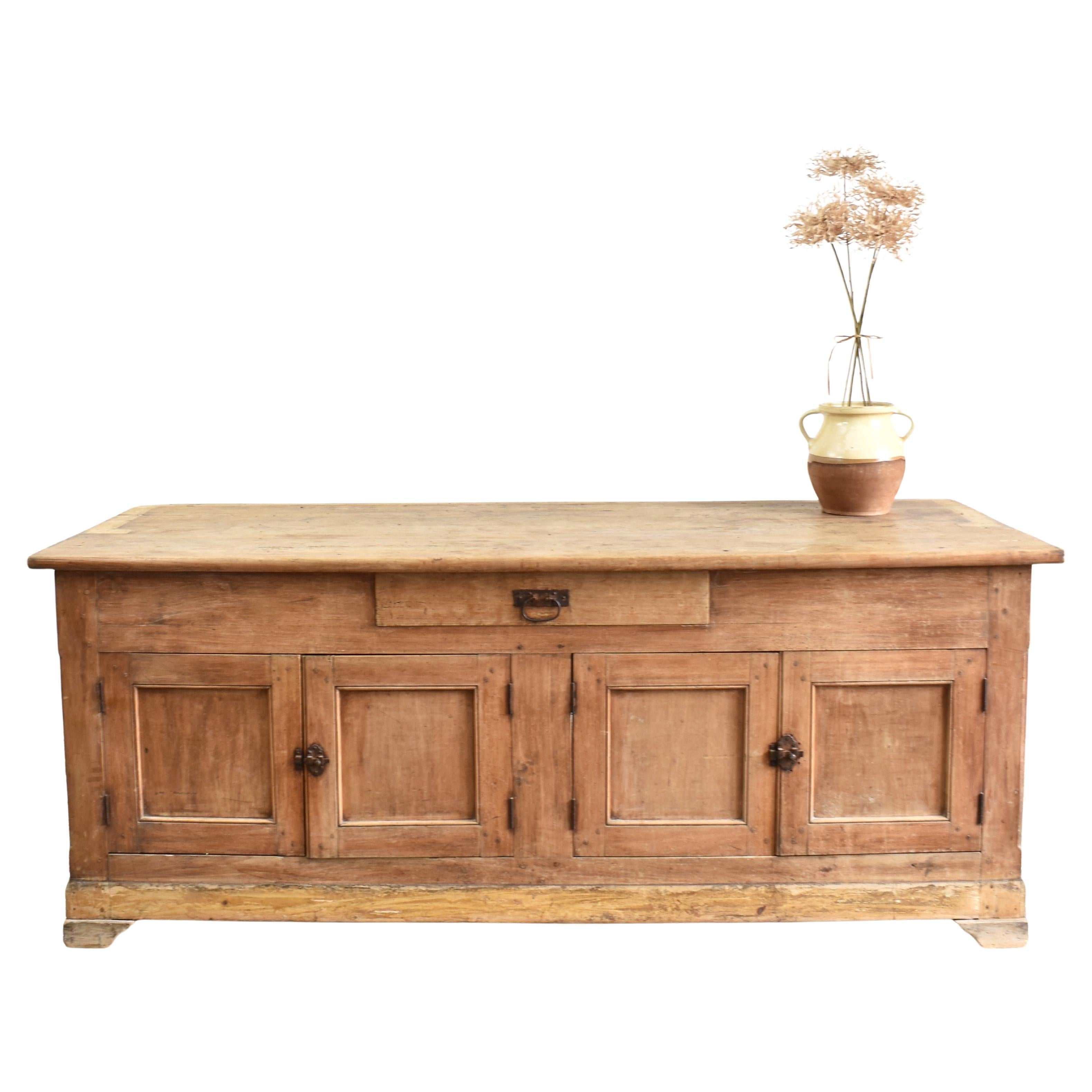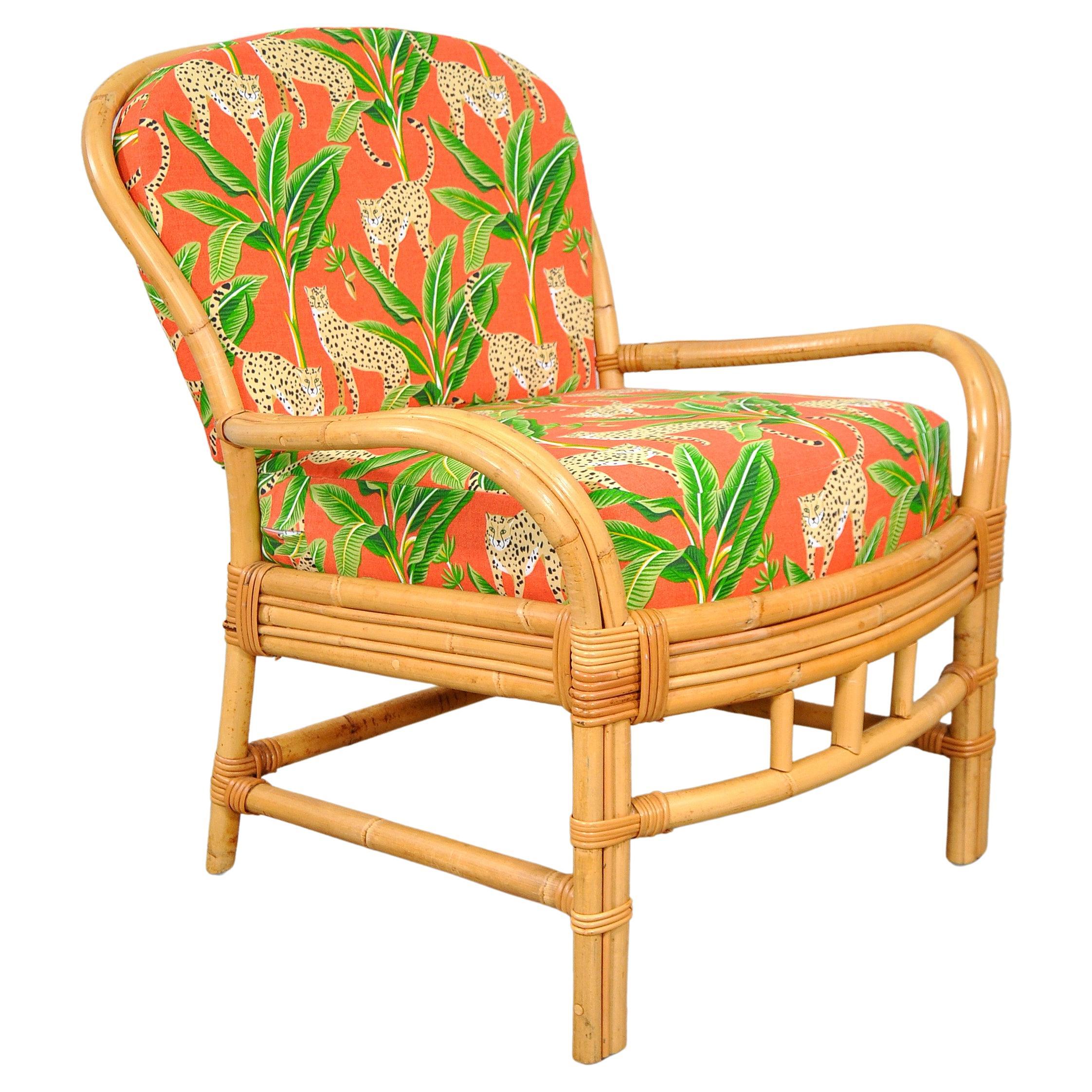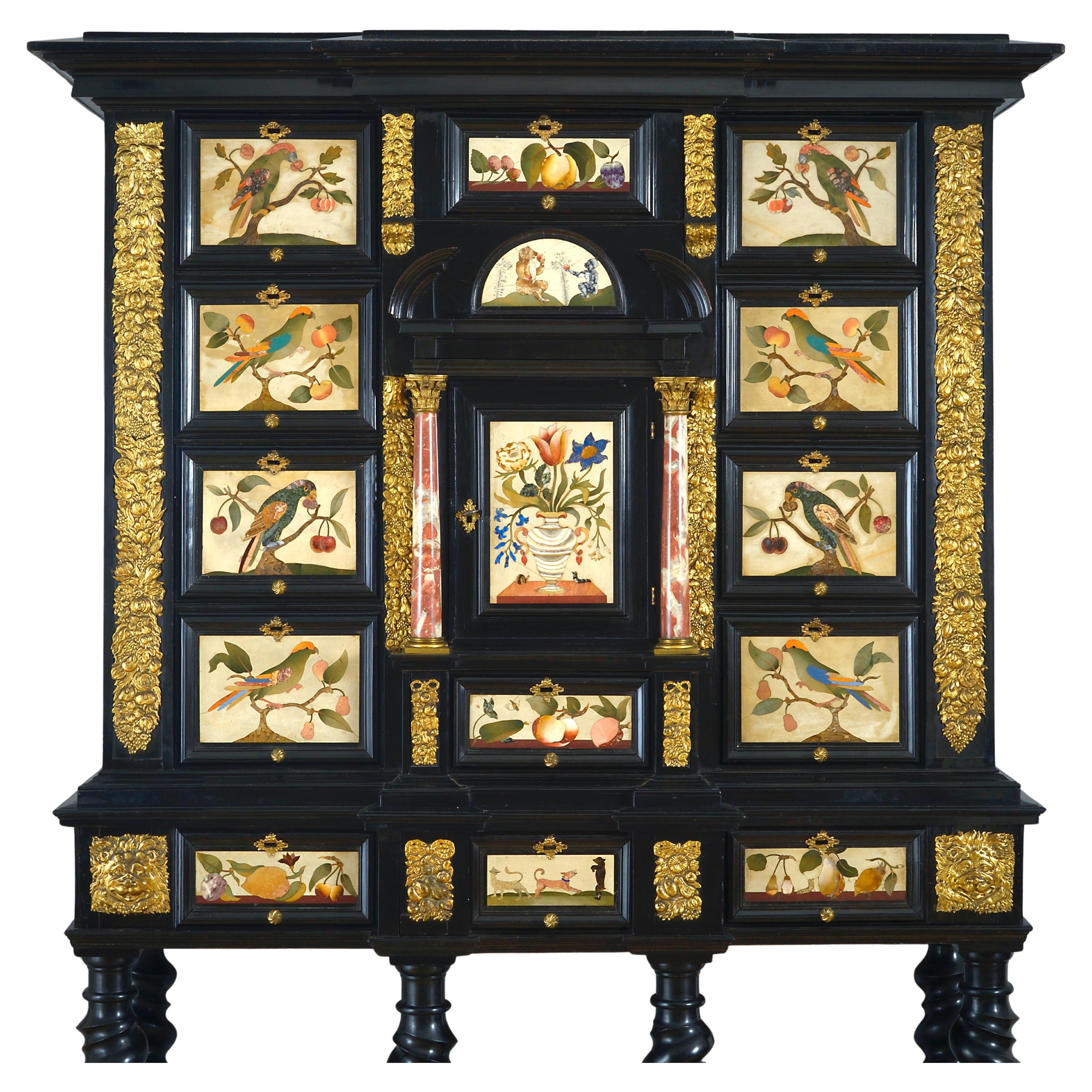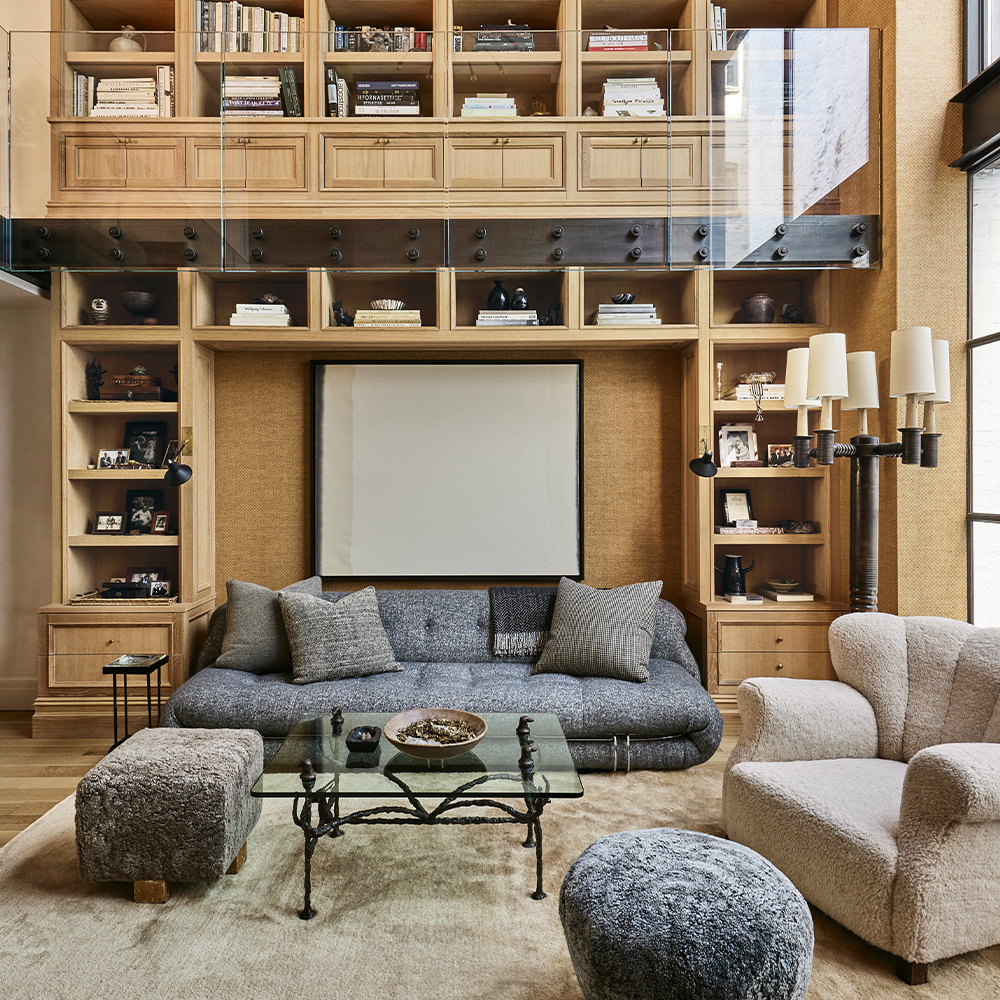February 23, 2025Hindsight is often a wonderful clarifier. It’s easy to look back at the history of the decorative arts, for example, and pinpoint the styles that predominated at particular times.
Think of the late 18th century, and much of what immediately comes to mind is Louis XVI furniture, with its neoclassical forms and straight, fluted legs. The 1950s were epitomized by the sleek architecture and design that came to be termed mid-century modern, and the 1990s are perhaps best remembered for the minimalistic spaces created by John Pawson, Christian Liaigre and the like.
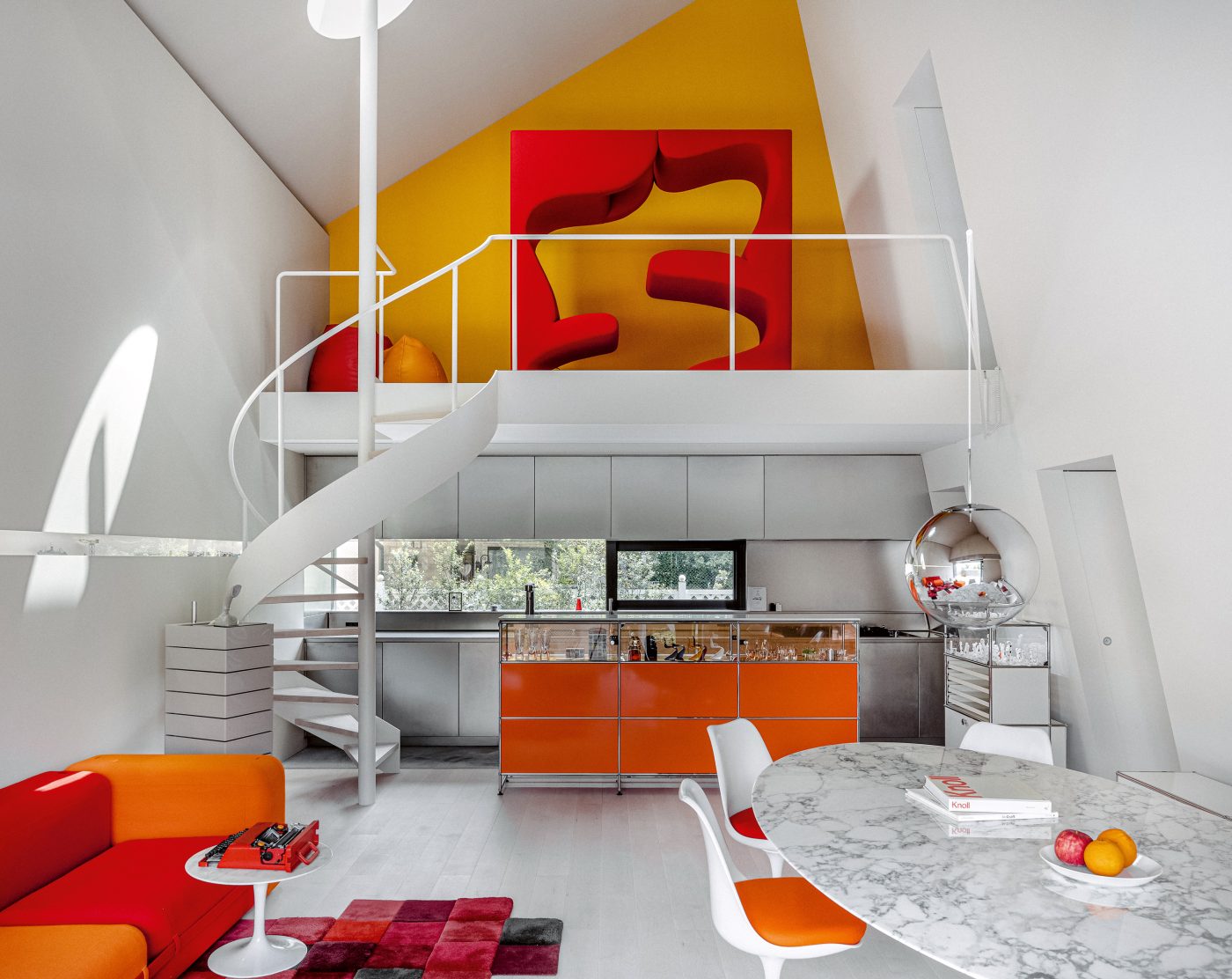
Of course, things are not always so cut-and-dried. Take the 1920s, which saw both the birth of Art Deco, with its geometric forms and often opulent materials, and the rise of the Bauhaus, espousing a more utilitarian approach. Yet rarely, if ever, has an era seen as much diversity in design as our current one.
For those feeling overwhelmed by all that variety, the new Phaidon compendium Defining Style should be of help. Its aim: to determine the aesthetic movement — or, more precisely, movements — that typify our present day.
“The Internet has granted us so much exposure to trends, and there’s a new visual eclecticism,” its author, Joan Barzilay Freund, tells Introspective. “We wanted to see if we could codify some of the more popular design influences that prevail today.”
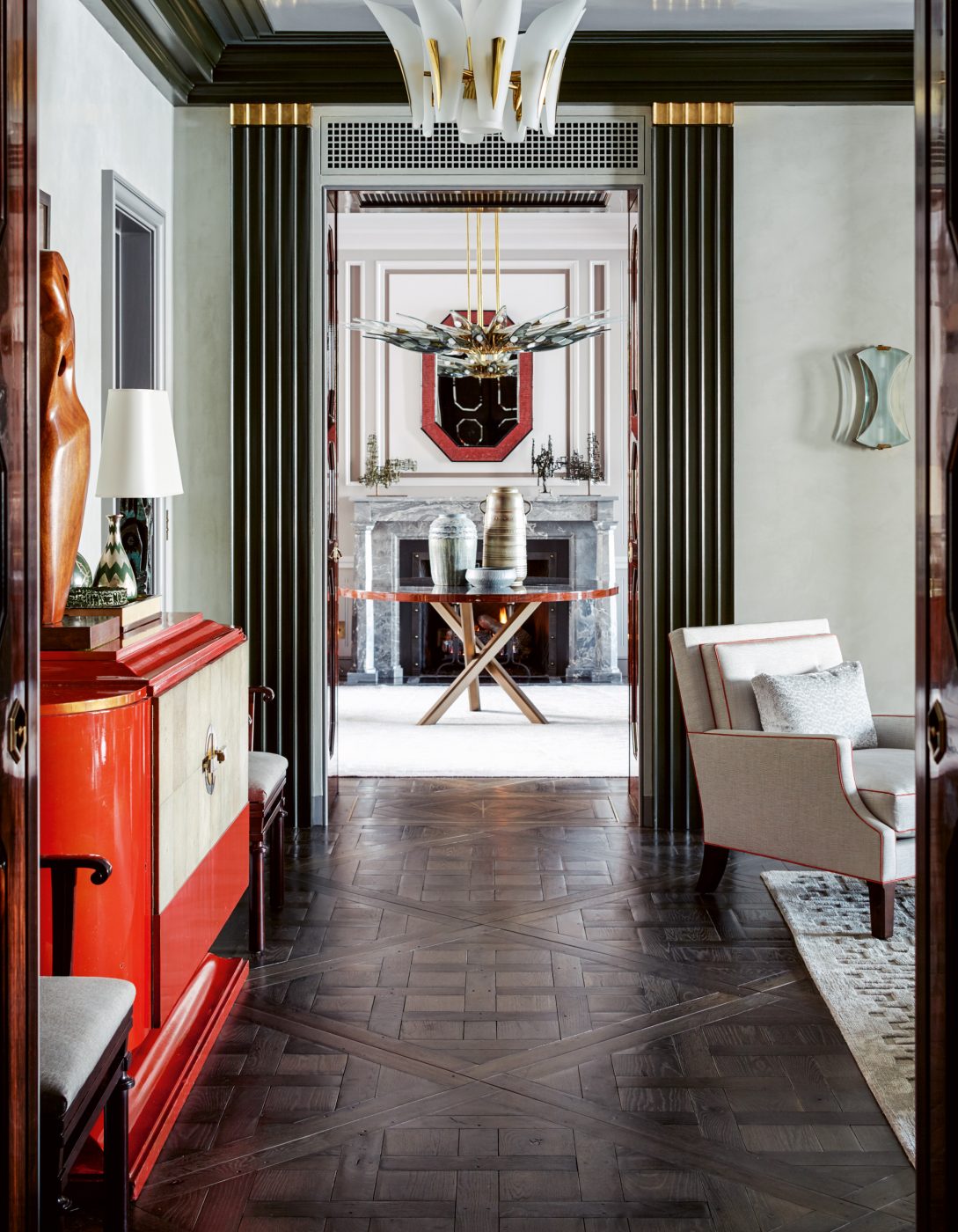
The book identifies 25 categories, presenting them in alphabetical order, from Biophilic to Wunderkammer, and taking in Curated, Floral, Moody and Textured along the way. Each is illustrated with images of six residential rooms, which range in location from Nevada to Nigeria, Santiago to Seoul and Mustique to Morocco. The result is not so much a guide book as a visual menu, and an à la carte one at that, enticing readers to pick and choose ideas and inspirations as they peruse its pages.
The Deco-Inspired section, for example, features an elegantly appointed apartment decorated by Steven Gambrel in Chicago’s 1929 Palmolive Building, where a French orange-lacquer and shagreen 1930s sideboard brings a vivid splash of color to an otherwise neutral-toned sitting room. The Modernist category invites us into the living room of Italian-born designer Giampiero Tagliaferri’s 1939 house in the Silver Lake area of Los Angeles, which brings together a Gae Aulenti Jumbo coffee table, chairs by German industrial designer Luigi Colani and a vintage wooden Senufo tribal sculpture.
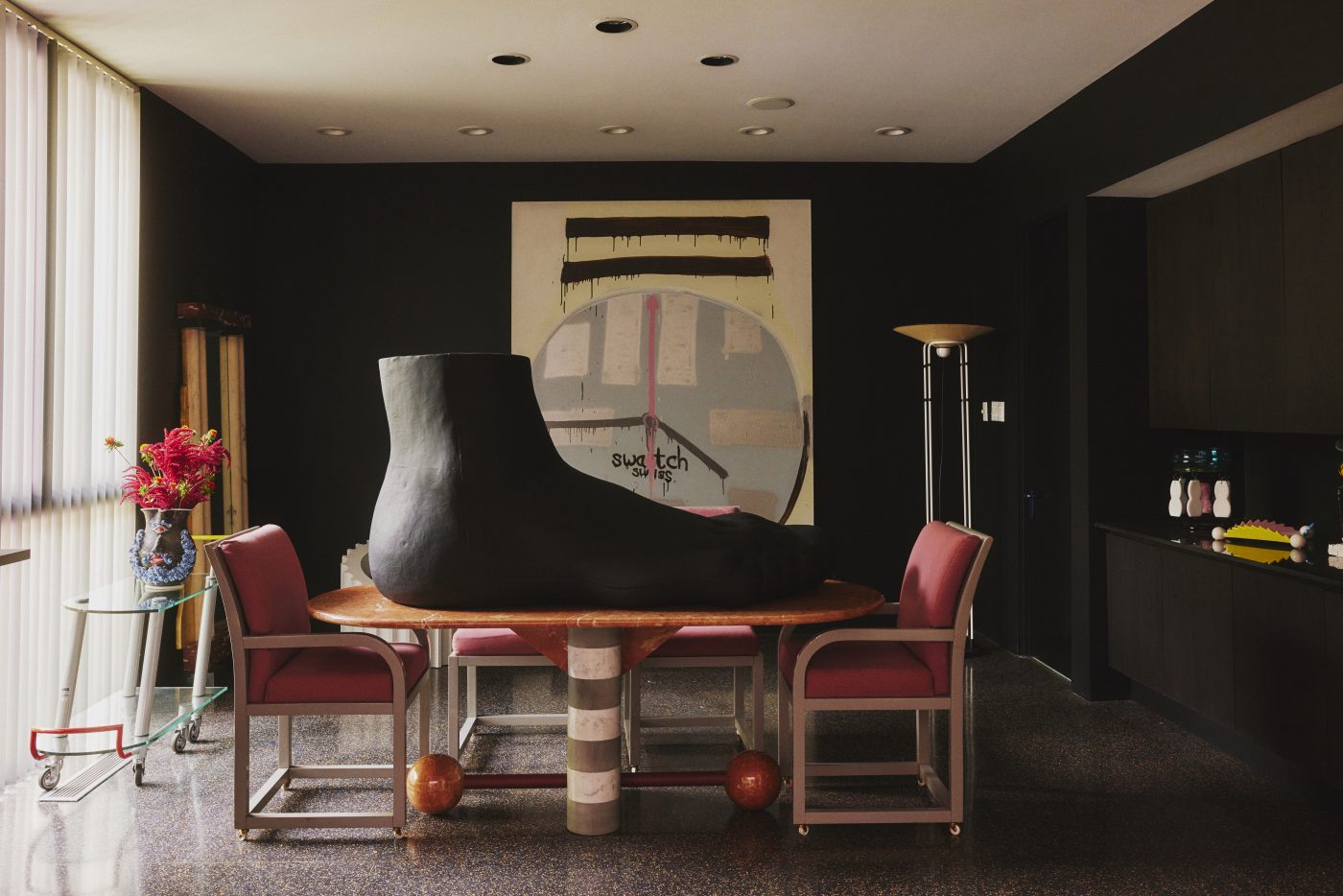
A conscious effort was made to focus on relatable interiors, but plenty of incredibly compelling images nevertheless fill these pages. Consider the dining room of St. Louis–based artist Katherine Bernhardt — in the book’s Spirited section — where the top of a Michele de Lucchi Sebastopole dining table finds itself occupied almost entirely by what looks like an immense sculpture of a black foot. The piece is actually a Up7 chair, designed by Gaetano Pesce back in 1969. No mention is made of what becomes of it when friends pop round for supper.
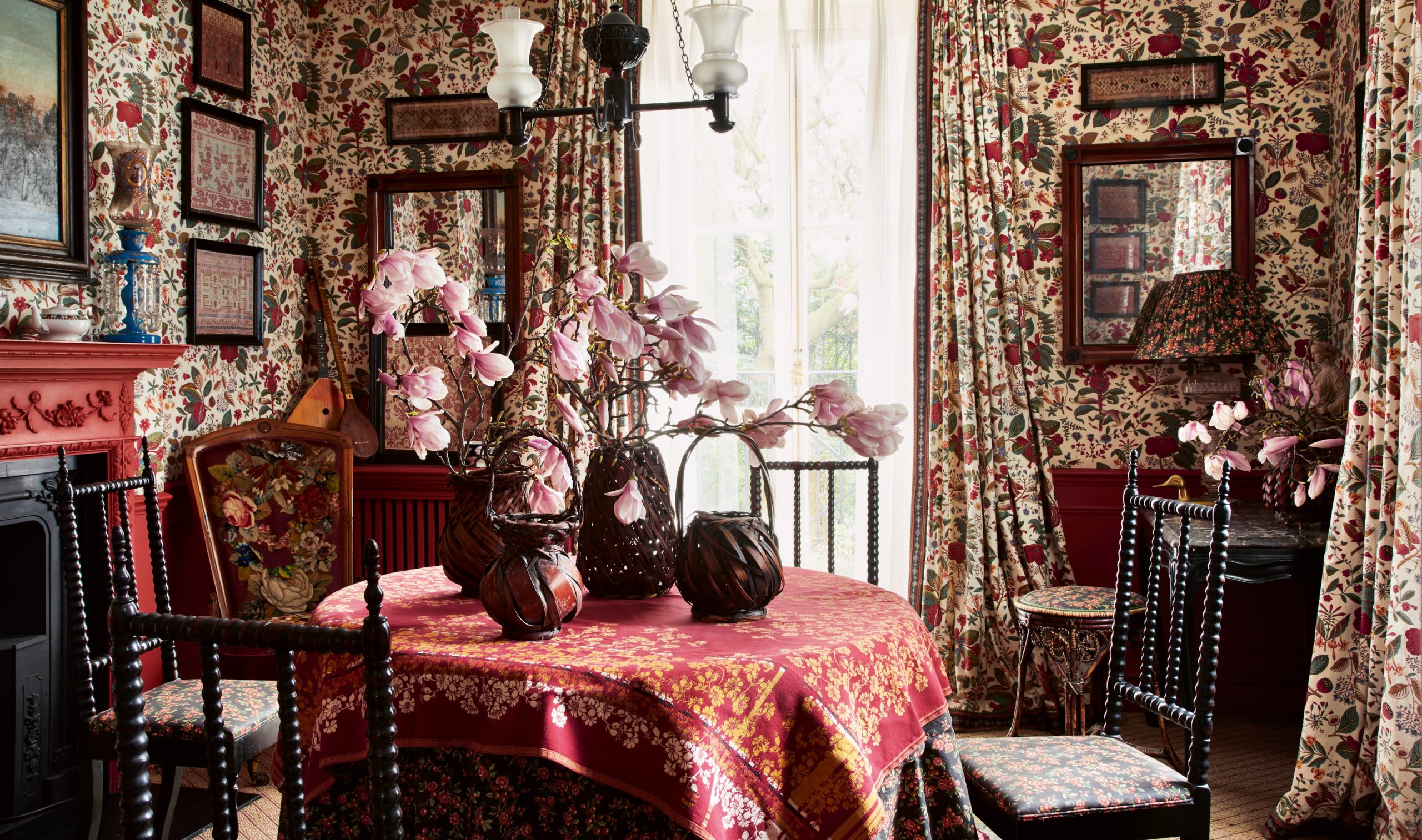
In the same section, readers will discover a San Francisco house where Noz Nozawa covered the rather staid, traditionally balustraded wooden staircase with a rainbow-colored runner that ends in a puddle of indigo and purple at the base of the steps.
More classical but no less eye-catching is textile designer Nathalie Farman-Farma’s early-Georgian townhouse in London’s Chelsea neighborhood. She adopted an all-over-pattern approach in the dining room, filed under the Floral category. She deployed the same Braquenié botanical fabric for both the walls and the curtains and then hung framed examples of antique Russian embroidery on the former.
The appeal of Defining Style extends from these immersive visuals to its impressively researched text, which overflows with fascinating anecdotes.
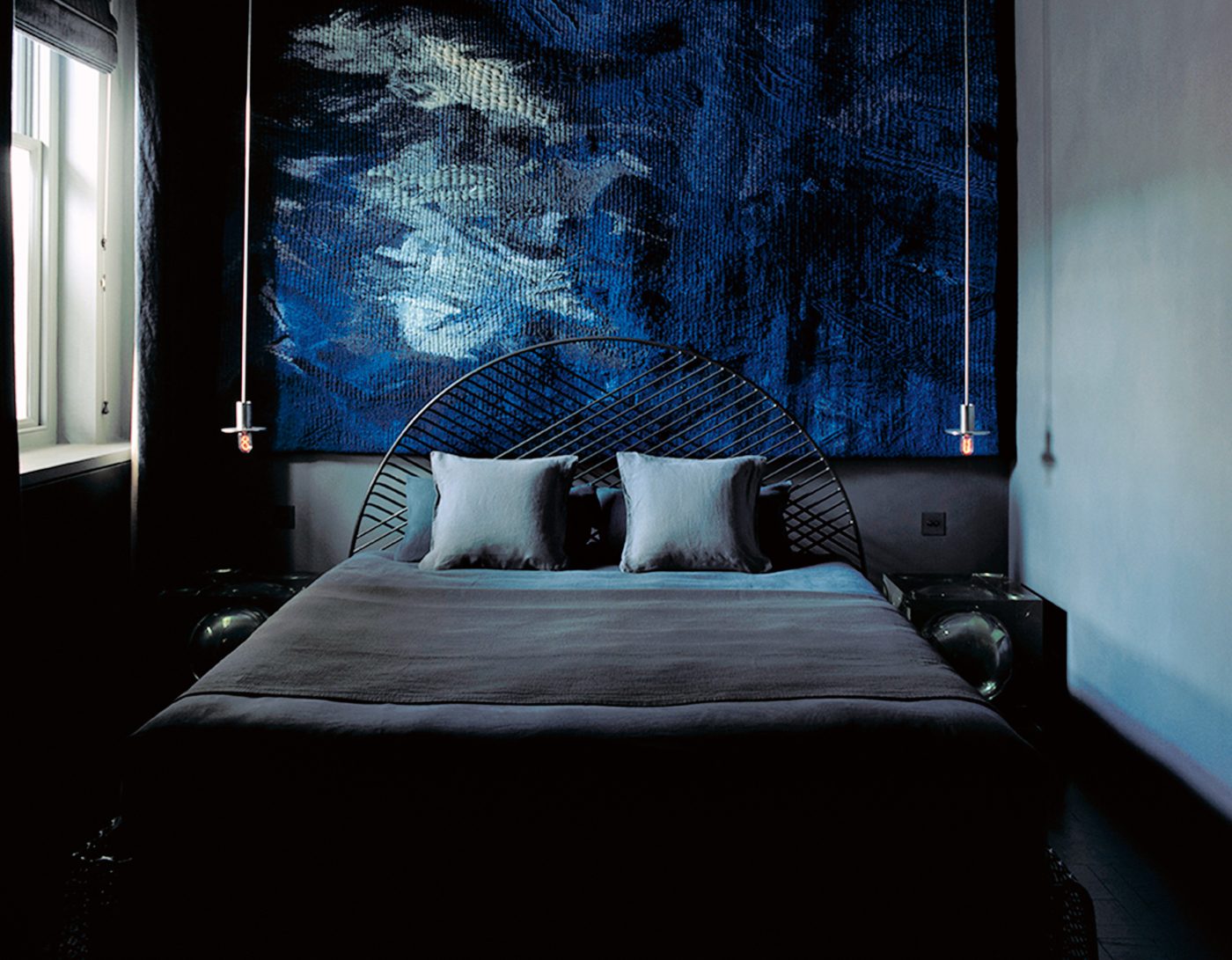
We learn, for example, that Australian designer Greg Natale used 28 different kinds of stone in a house overlooking Sydney’s Mosman Bay and that American collector Beth Rudin DeWoody has amassed more than 10,000 artworks. London-based creative Faye Toogood not only decorated an apartment in that city’s Mayfair district but also created a custom fragrance for the interior, devised to evoke the smell of warm leather and mud.
Throughout, readers will take pleasure in the choice phrases crafted by Freund — the wife of 1stDibs editorial director Anthony Barzilay Freund — to describe the work of featured designers. In the Biophilic section, she alludes to the “pedigreed casualness” of Rose Uniacke’s interiors; in Textured, she describes Laura Gonzalez as a pro at “whipping up decor delights.”
In one particularly artful passage, Freund also manages to encapsulate the appeal of high-voltage interiors: “There’s a pulse-quickening energy in maximalist spaces that jolts first-time visitors wide awake. It’s a feeling that falls somewhere between marvel, astonishment, and bewilderment.”
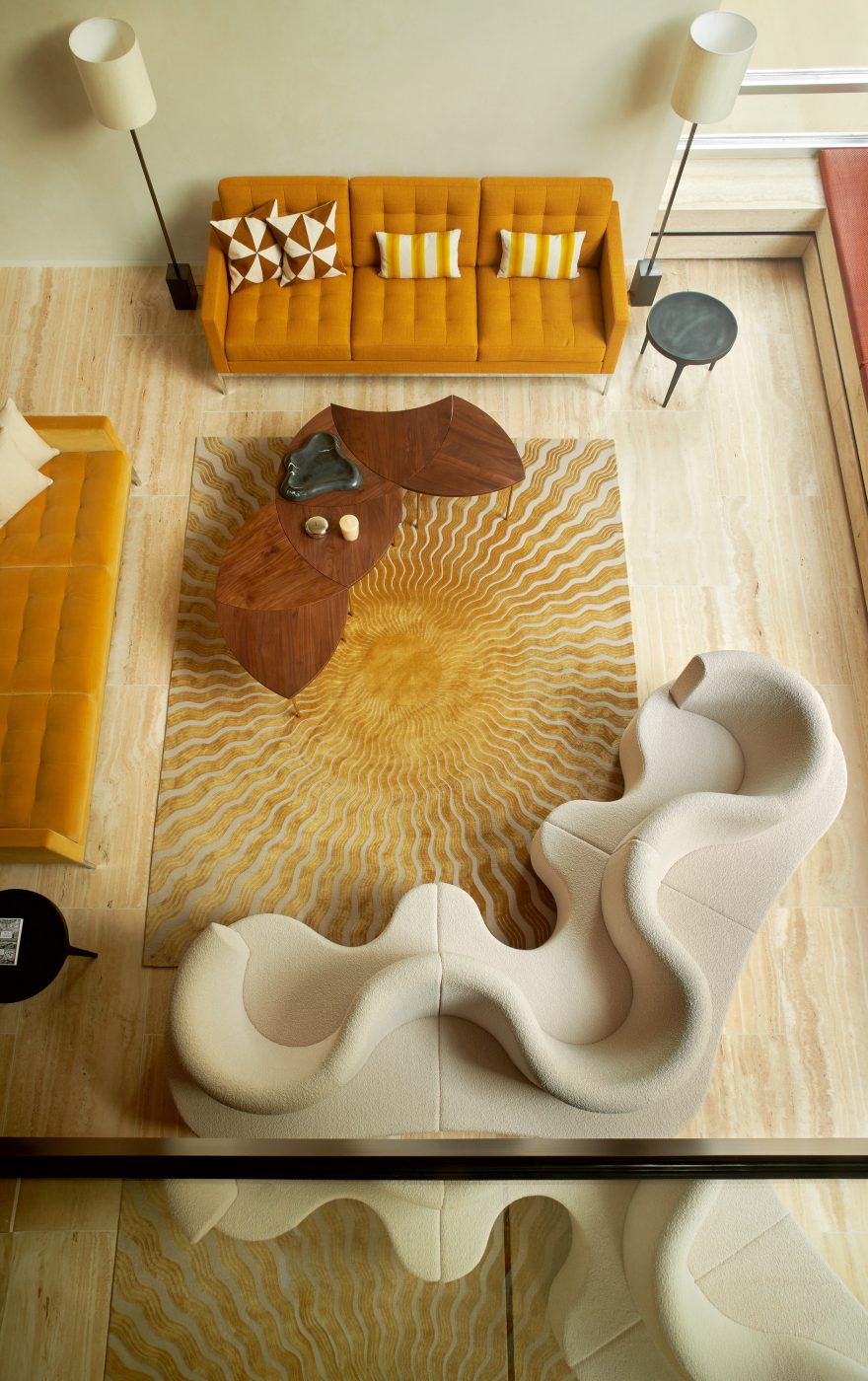
The introduction by former Elle Decor editor in chief Asad Syrkett, meanwhile, draws skillful parallels between designers of the past and present. He sees Martin Brudnizki and Fabrizio Casiraghi as carrying forward the British country-house chic of American decorating grande dame Nancy Lancaster, and contemporary practitioners Naoki Terada and Sally Mackereth as perpetuating the fun, playful spirit of modernists Charles and Ray Eames and their mid-20th-century cohort.
A wealth of lessons are conveyed here, too, all of them with a gentle hand. When discussing the sitting room of a former carriage house on Manhattan’s Upper East Side — whose walls are covered with white Moroccan tiles to create a grid-like motif — New York–based decorator Jeffrey Bilhuber points out that pattern doesn’t always need to shout. Bill Sofield, for his part, asserts the appeal of somber, moody interiors: “I think of dark rooms as if we are sitting around a campfire — the envelope vanishes, and we focus on what’s important.”
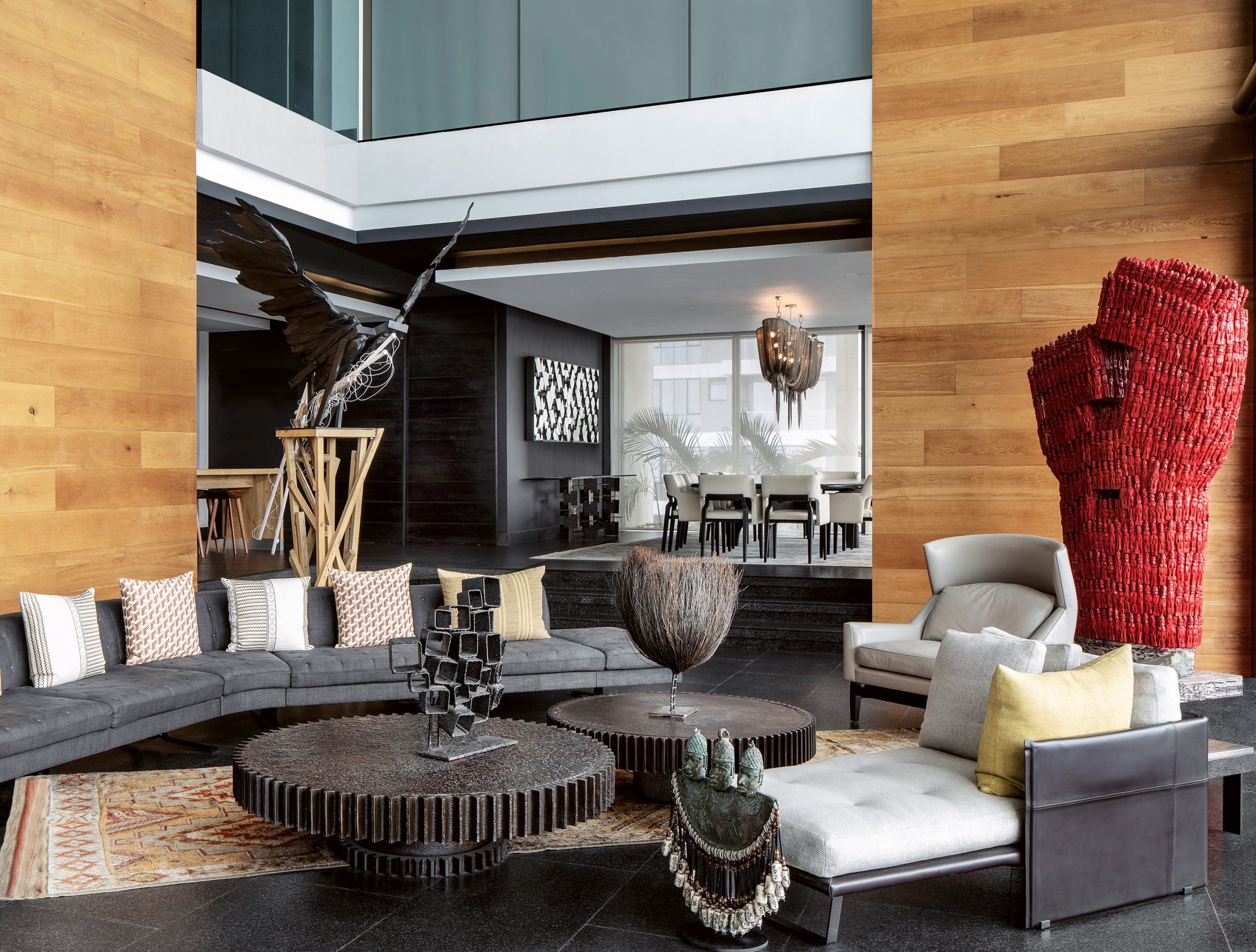
The designers prove such convincing advocates for their respective aesthetics that you may come away from the book feeling that a particular style and its direct opposite are both equally valid. In the introduction to the Maximal section for instance, New York’s Patrick Mele equates the look “with freethinking and with free spirit, which I feel is right for today.”
Then, you turn a few pages to Minimal and read that for John Pawson, “the deepest experience of ease and well-being derive from simplicity and clarity.” (Minimalism, it seems, didn’t go away with the 1990s after all.)
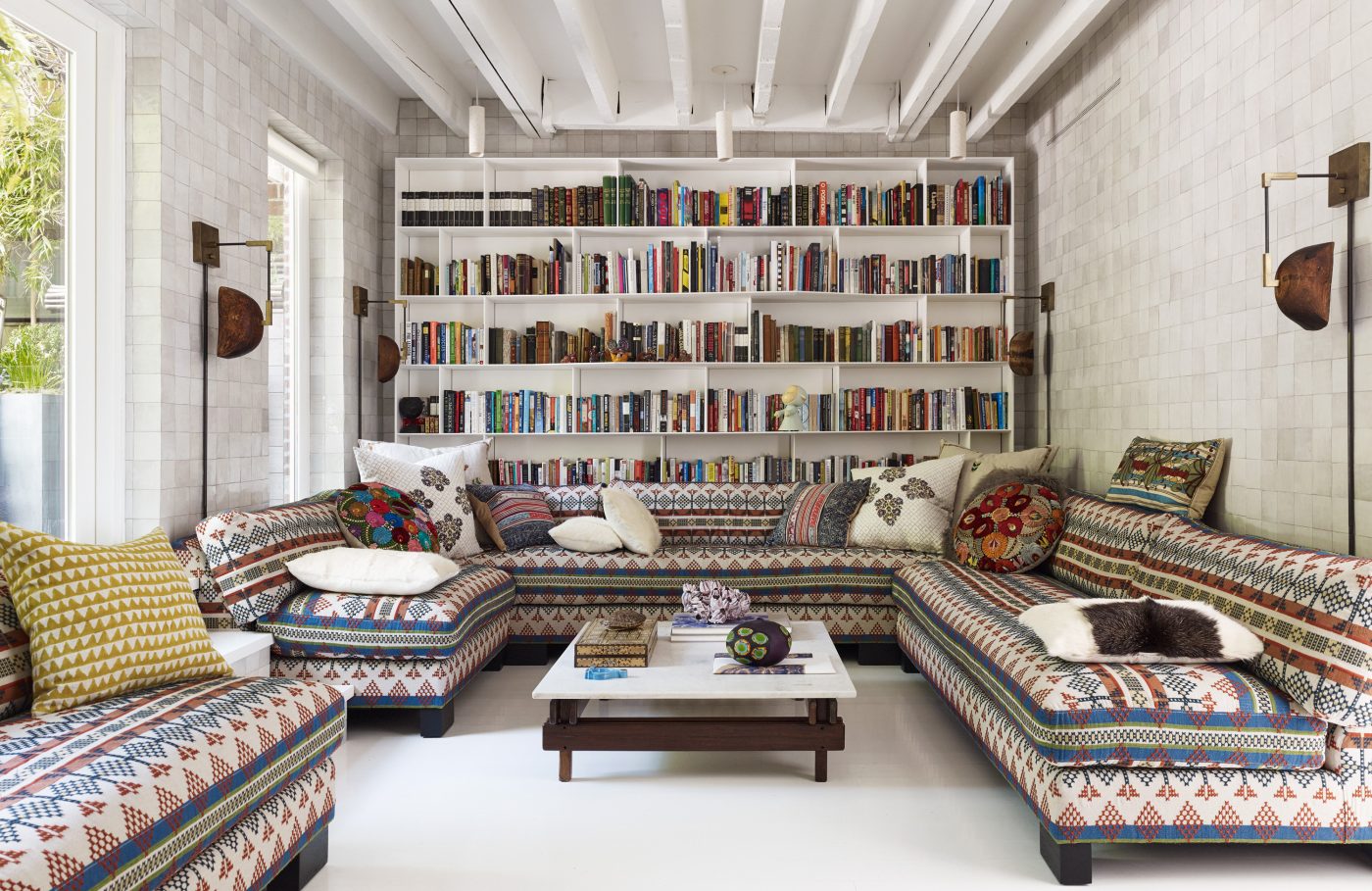
Perhaps the most meaningful message to take from Defining Style is that in today’s design world, anything goes. Or almost. You won’t find period rooms among the 25 styles here, and the book also eschews anything too bizarre or futuristic. There are no amorphous architectural forms à la Frank Gehry or Zaha Hadid.
As for which styles will be most closely associated with the 2020s in the future, the answer seems to be anybody’s guess. In the meantime, we should all just enjoy the almost endless possibilities that contemporary design has to offer. As Freund notes, “It’s like we’re cooks with unlimited access to ingredients. And that means we’re going to come up with some really interesting dishes.”
